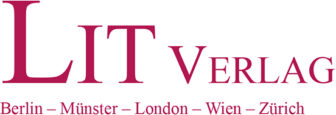Beschreibung
Windhoek, capital city of South West Africa or
modern Namibia, represents an extraordinary showpiece for
overlapping colonial planning regimes. For the first time,
this book focuses on the decades between both World Wars
when German and South African planning laws were
amalgamated. It reveals the actions taken to implement a
system of residential segregation from a transnational
perspective. As the analysis demonstrates, Windhoek tended
to replicate the colonial idea of a Dual City. But in fact
the administration created a Hybrid City and there was no
predetermined path to apartheid.


